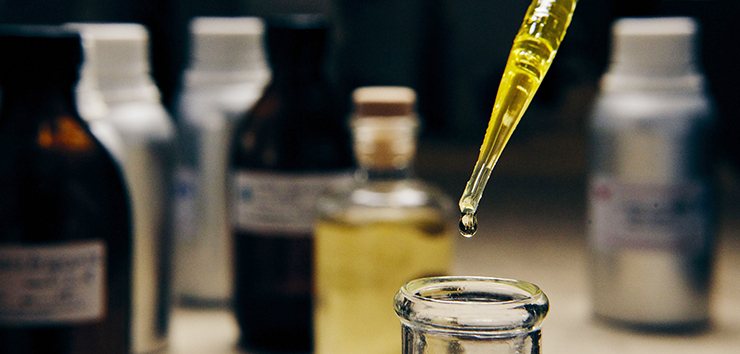Definitive Guide to Niche Perfumery
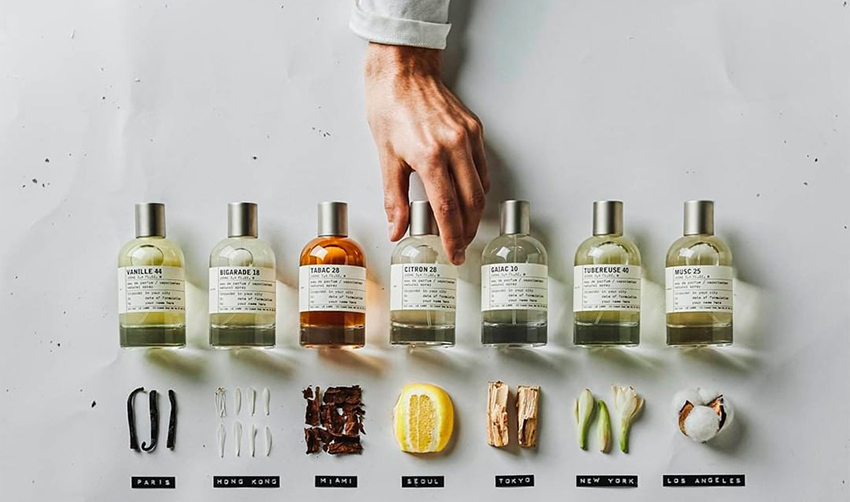
Niche perfumery — is not just scents that have become fashionable thanks to advertising campaigns in glossy magazines featuring celebrities, but rather the art of creating a fragrance, the religion of perfume notes, and the philosophy of the perfume effect on human skin.
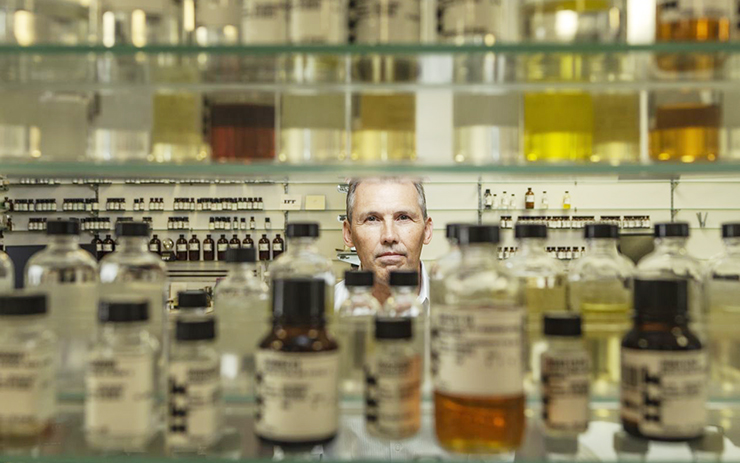
All perfumery products can be roughly divided into 3 groups:
- Mass market — such perfumes do not differ in complexity of aromas, selection of raw materials, subtlety of notes, but they have another advantage — easy accessibility. The halo of their habitat is supermarket shelves, market pavilions and underground passages;
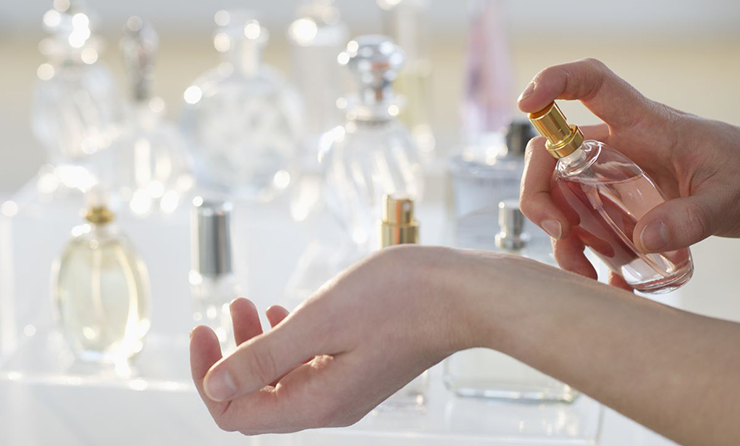
- Luxe — perfumery creativity of famous fashion houses and perfume companies. These products 100% follow fashion trends and are always adored by many people, mainly because perfume companies invest huge amounts of money in public opinion research, as well as testing on hundreds of people to evaluate the fragrance prototypes. Luxe perfumery always means grandiose shows, large-scale advertising campaigns with the participation of Hollywood celebrities, top models and athletes;
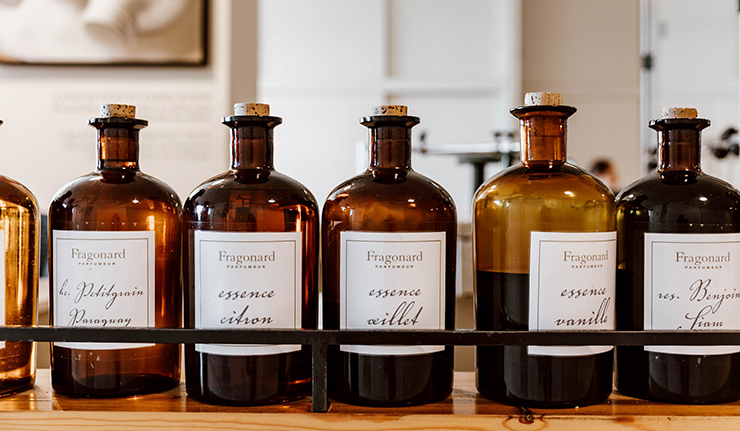
- Niche perfumery — is the creation of the best perfumers, or perfume houses with the rich history and vast experience in creating perfumes. The most creative and delicate “noses” of our time work in such houses.
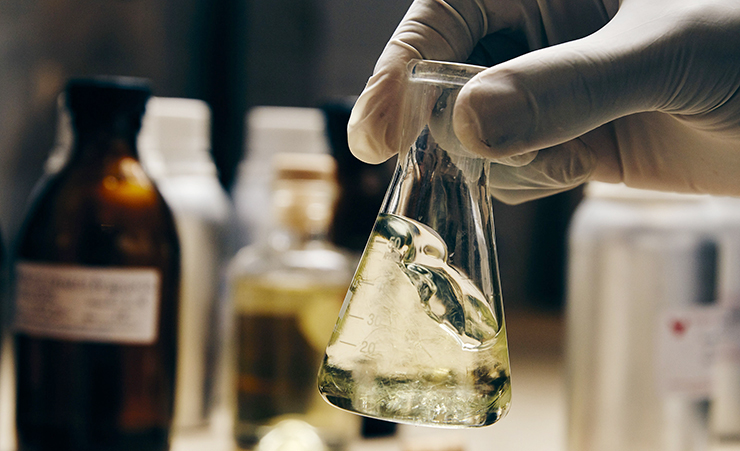
While in the first two cases, perfumers work within the framework of the received order, strict regulations of the costs, certain age group and classification of fragrances, the niche perfume houses are, on the contrary, not limited by any frames: the perfumer creates without thinking about the high cost of raw materials, a narrow segment of consumption, and the specificity of aromas.
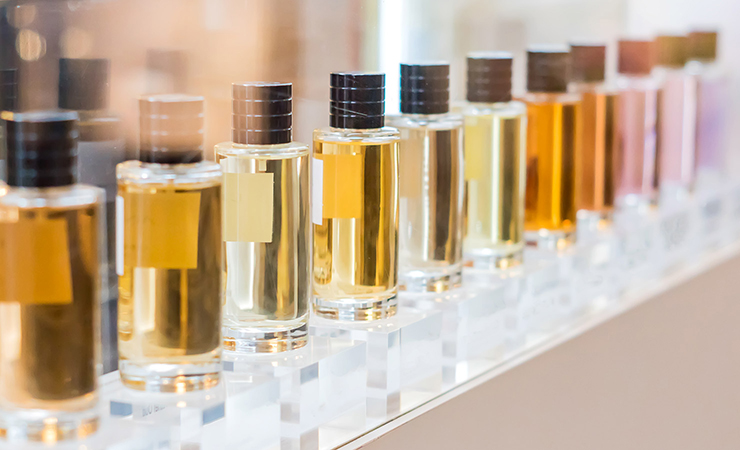
What characterizes a niche perfume?
- Unusual fragrances — niche perfumery often uses strange raw materials in the production of their fragrances, so they can surprise, make you falling in love, embarrass, shock, and they will never leave you indifferent. For example, it can be an unusual combination of vodka and champagne, gaiac and oud wood, white truffles and champignons, wet tobacco and the smell of an old car mixed with honey molasses.
- Natural raw materials — niche perfumers try to use only natural raw materials of the highest quality. The harvest year and the place of its growth also play a significant role. For example, a niche perfumer will not be lazy going to North Africa to buy an orange tree flower, or getting to Indonesia for the essence of the gaiac tree.
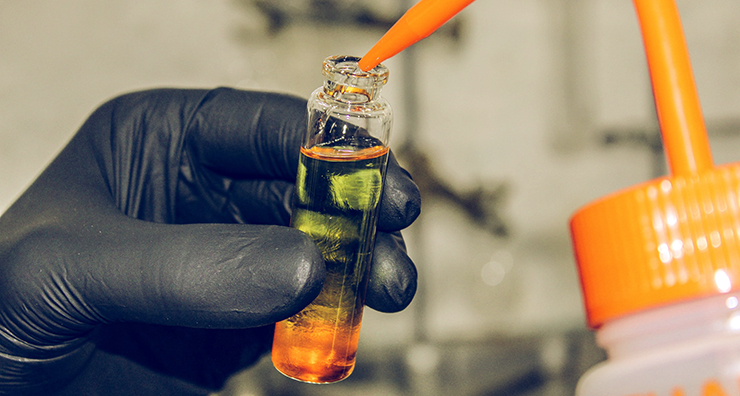
- Production volumes — niche perfumery is not aimed at mass production. Often, it’s limited by the amount of raw materials that can be obtained per year. Some fragrances are produced in such a low quantity that they arrive in perfumery boutiques only as one or two pieces a year.
- Packaging and bottle — niche perfumery doesn’t have expensive designer bottles typical for luxury brands. The bottle is usually of a strict, classic shape. Sometimes the label is signed by hand.

- Lack of advertising — niche perfume is rarely found on the pages of glossy magazines. Buying a bottle of “luxe” class perfume, you pay 50-70% for its advertising, participation of celebrities, TV stars and articles in fashion magazines, 25-40% for packaging and a bottle, and only 5-10% for the perfume itself, while in case of the niche brands, the situation is diametrically opposite. The main expenses are aimed at the selection of raw materials and the exclusivity of aromas.
- Legend — every perfume house has its own story. While creating a niche scent, a perfumer imagines why he is doing it. Especially when it comes to old fragrances, recreated or produced over the years with strict adherence to the recipe and production technology.
